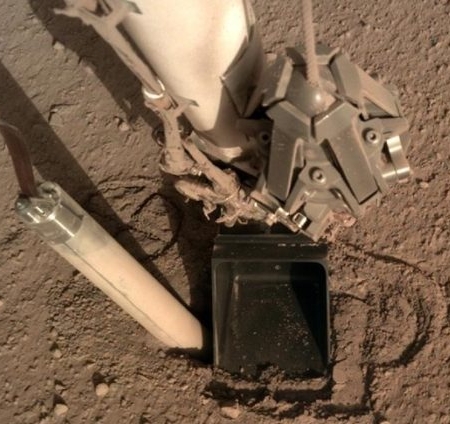House Democrats yesterday voted to move forward on their very partisan impeachment effort to throw Donald Trump out of office, without any evidence that he had committed “treason, bribery, or other high crimes or misdemeanors,” as required by the Constitution.
Only two Democrats voted with all the Republicans against this resolution, which establishes some very fishy rules for running this already fishy impeachment inquiry.
The resolution directs the House Intelligence, Foreign Affairs, Financial Services, Judiciary, and Ways and Means Committees to “continue their ongoing investigations as part of the existing House of Representatives inquiry into whether sufficient grounds exist for the House of Representatives to exercise its constitutional power to impeach Donald John Trump.”
The Democrats’ resolution specifies that Republicans in the minority on the Judiciary and Intelligence Committees will have the authority, with the concurrence of committee chairs in the majority, to subpoena witnesses and compel their testimony. If the chair does not consent, the minority can appeal to the full committee. It is common in other proceedings for committee chairs to essentially have veto authority over subpoenas sought by ranking minority members.
The measure also sets the stage for proceedings to move into a public setting soon. The resolution authorizes the Intelligence Committee to conduct an “open hearing or hearings” in which minority Republicans have equal time to question witnesses.
And, after that hearing is concluded, “to allow for a full evaluation of minority witness requests, the ranking minority member may submit to the chair, in writing, any requests for witness testimony relevant to the investigation described in the first section of this resolution within 72 hours after notice is given.” [emphasis mine]
Meanwhile, the only accusation the Democrats have against Trump are statements by two very partisan government bureaucrats that they had policy differences with some of Trump’s statements during his phone conversation with the new president of the Ukraine. No one however has identified anything Trump said that was in any way criminal and would justify impeachment, and you can read the transcript of the conversation yourself to see how relatively harmless it was.
This is the Russian collusion hoax all over again. Some partisan Democrats in the bureaucracy make some partisan accusations against Trump, based on nothing, and then the Democrats (and their willing accomplices in the media) run with these accusations. With the Russian hoax, the Democrats relied on a hack prosecutor, Robert Mueller, to play their partisan games, and discovered that this strategy didn’t work because Mueller was legally exposed. If he had proceeded with fake prosecutions based on no evidence he could have been very liable, personally.
The solution? The Democrats have foregone legal investigations, and are now doing a partisan and sham political investigation in Congress, based on nothing. And according to the rules above as well as their consistent behavior since 2016, I fully expect the Democrats to consistently block any testimony from any witnesses suggested by the Republicans. They will run this kangaroo court in a manner that will guarantee conviction, merely because they still refuse to accept the results of a legal election where they lost.
In a sane and more rational world, these Democrats would be out of office in the next election. We do not live in such a world. Their behavior was as partisan and as slanderous leading up to the 2018 election, and the voters rewarded them with control of the House.



